I see so many people who put all the work in to find a great spot and get everything set up with elaborate decoy spreads complete with the latest gizmos … but fail at the last hurdle of concealment. There’s also a common misconception that you need to build a maimai months before hunting to ensure the ducks get used to it.
There are quite a few concealment options that suit different situations. I have several possibilities up my sleeve, and I try to select the best one for the particular location where I’ll be hunting. You don’t always need to be in a permanent maimai/blind-type structure to have good concealment from wary birds – I’ve had many great days hunting with a hide that was put together on the morning before the hunt. The old theory of building a maimai early to give the birds time to become used to it doesn’t apply if your hide looks natural, blends in with the surroundings and has enough bulk to it to hide you well.
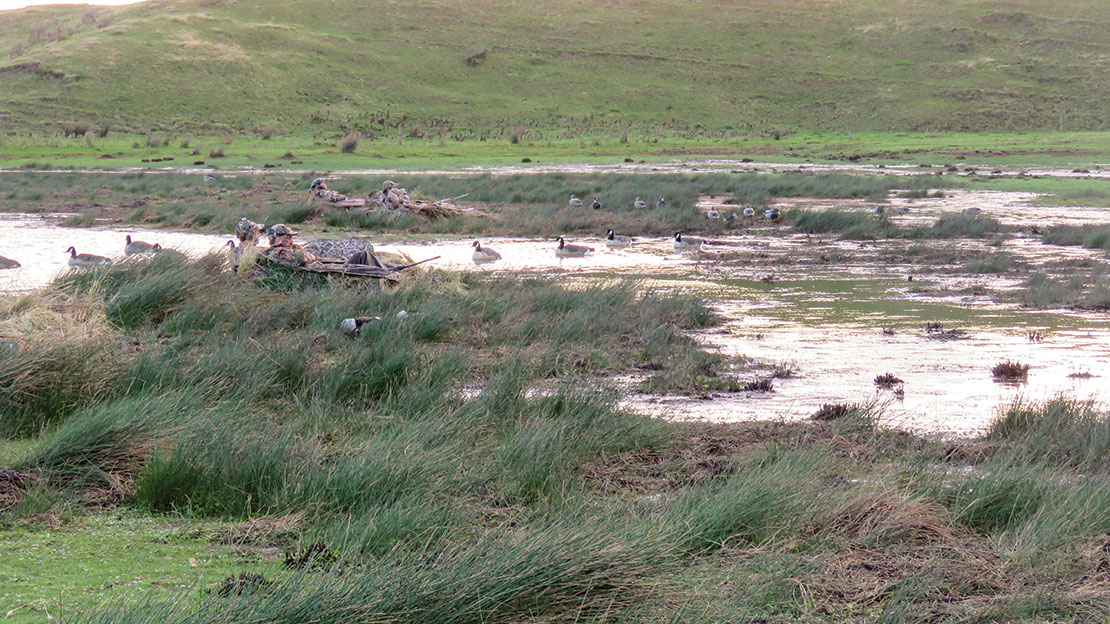
Assess your Options
I utilise a range of different types of scouting. I either find birds myself, or I’ll rely on landowner descriptions if I know the area well enough from previous visits. Other times, I rely on the memory bank of previous hunts to tell me where I should be heading after getting a good ‘ducky’ weather forecast. Sometimes I’ll ‘scout’ on Google Earth in conjunction with any of these three options.
Things I’m looking for or thinking about when scouting: How will the birds approach? What’s the wind strength and direction? Will the birds be looking for food, or will it be shelter on an upwind edge in a strong wind? What position will give me the best concealment? … as long as that concealment still means I’m within effective shooting range.
If you find birds are circling a few times then leaving, it could be due to any one of several things they could’ve seen. People blame a lot of things like decoys set wrong, or too much or not enough calling. But I’d say when this happens, a huge factor is poor concealment.
If possible, I use what’s already around to help me in my hide – any trees, low bushes, flax, patches of thistles, rush bushes, etc. These all help break up the square outline that most man-made things have. I also look for opportunities to use shadows cast by taller cover like trees; concealment in shadows will be far easier to blend in with than a blind in full sun – and it’s far easier on your eyes in the morning! However, shadows obviously change location as time passes, so you may not be able to rely on them for a full day.
I personally like to use natural cover wherever possible, because it blends into the environment where you’re hunting much better than something artificial like a camo net. If I was to use a camo net, I’d use it as a base for my hide and then place natural cover from the area on top. Cut scrub or willow branches, use driftwood or whatever is around to try to make the hide look more natural and to increase concealment.
If none of that is possible, I look at the next best options. If the area is an open, low-grass bank or paddock, then a fully grassed layout blind is probably a good option – but you may lose some opportunities to shoot birds that fly in from odd angles. If you think that’ll be a problem, then something like an A-frame or similar could be another option.
Sometimes there’s enough cover to use exclusively what’s already there – just be prepared to add more cover somehow if you’re having trouble with birds not playing the game.
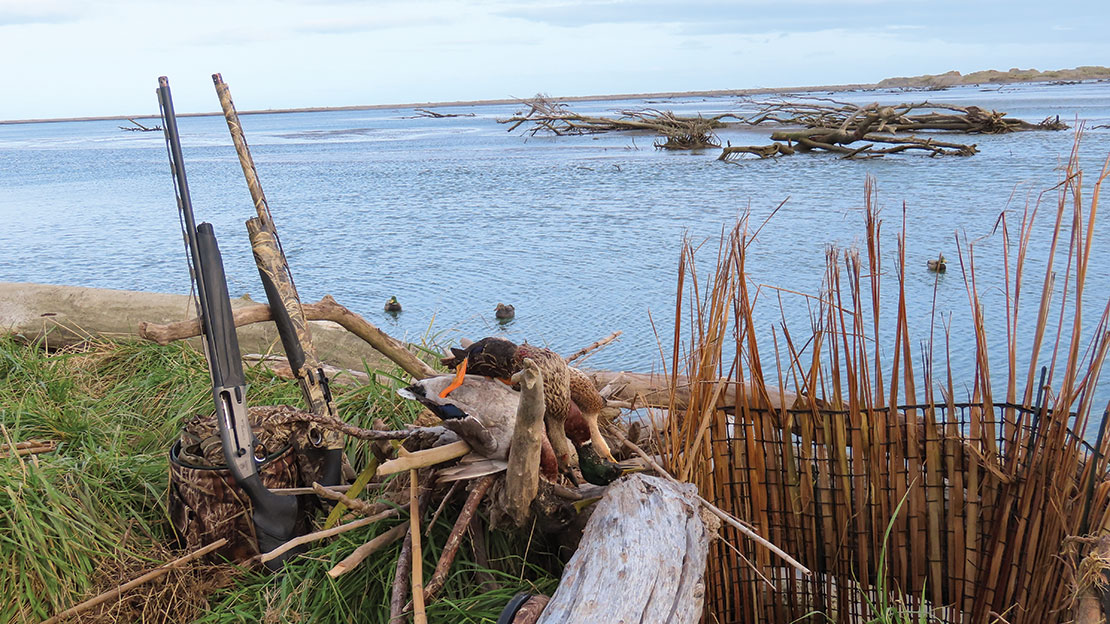
Layout Blind
The layout blind revolutionised the concealment factor of waterfowl hunting forever! They’re very portable, have an extremely low profile and can be used in almost any situation. They can provide one hundred percent concealment – even some gear storage. You should try to cover it in the same or similar natural vegetation as to what’s in the area you’re hunting. A well-covered layout blind will be near invisible in any rough ground or ungrazed pond edge, but it’ll still work well on a flat, low-cover paddock if it’s covered well.
Be sure to position your blind so you have as much of your swing radius available as possible. For example, if you’re a right-hand shooter, tip your layout blind toes to the right about 25-30 degrees – this’ll give you more chance of being able to effectively shoot birds if they don’t quite land right where you want them to, or when they’re departing rapidly after the first shot is fired.
You can often use decoys to help hide your layout blind too, particularly if you’re hunting right in the midst of your decoy spread.
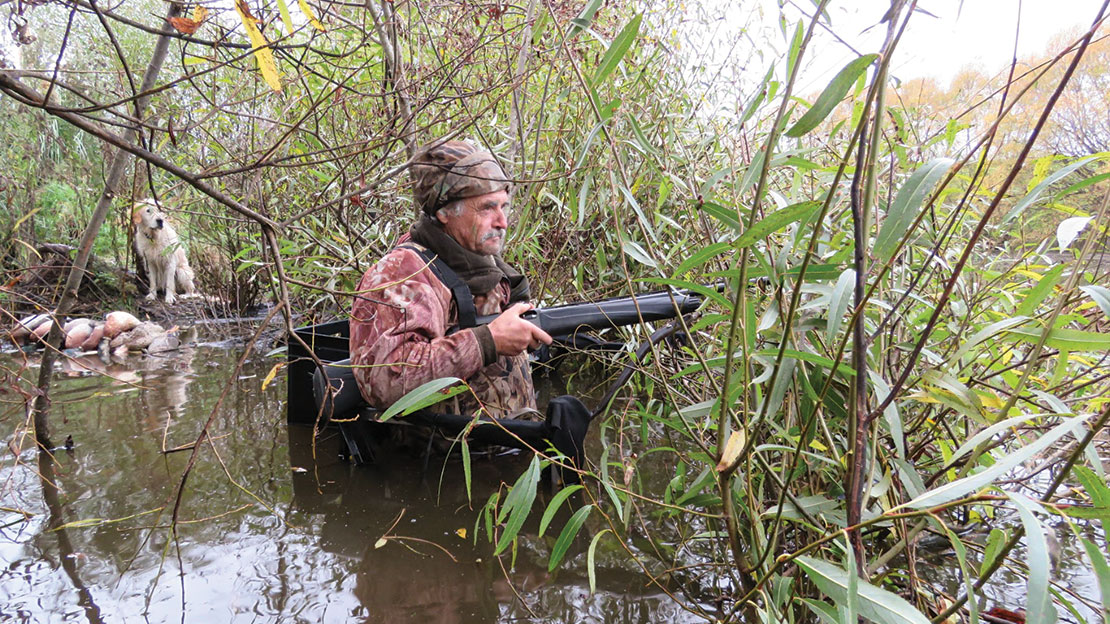
Homemade Blind
I have a homemade blind that’s constructed of two panels of 50mm x 50mm plastic netting that are both about 1.5m long and 900mm high; each end is attached to a bit of alloy 25mm T section about 1.3m long that pushes into the ground to hold the panels up. It’s only in two separate panels because it was made from some offcuts I had lying around – but being in two parts has proven to be handy sometimes.
Flax and cabbage tree leaves are woven into the plastic – the woven marsh grass you can buy could also look good for this. I’ll sometimes add extra cover from the area if need be … maybe a taller willow branch or two propped up at the back, just to create some cover from circling birds.
I find this simple set-up to be very handy in many situations. It rolls up to be quite small, is light and sets up quickly. I’ve set it up on the edge of waterbodies or out in a swamp, and I’ve hunted from it in up to knee-deep water.
If I’m hunting alone, these two panels are big enough to conceal me. I sit on a marsh seat or bucket seat with a small number of supplies. If there’s another hunter with me, this blind will work as well when used in conjunction with some other natural cover. I’ve used it as front cover only, or with a flax bush or big rush bush behind effectively providing enough concealment for two hunters. If there’s not much around the immediate area, I’ll add some more cover from close by to help conceal further.
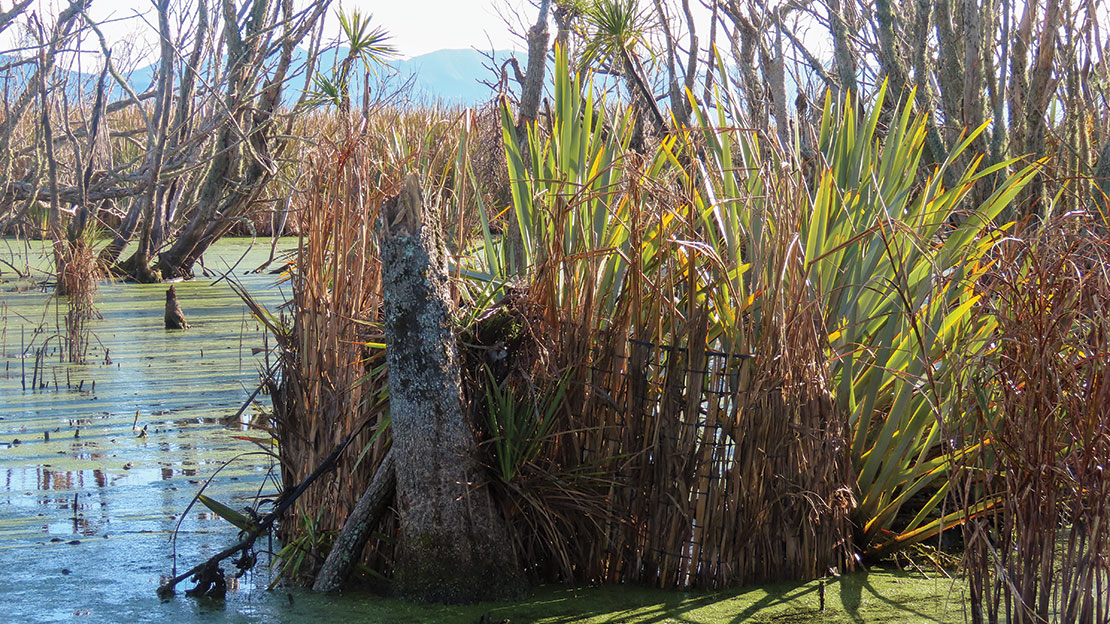
Layout Boat
Around 15 years ago, I built my first ‘layout boat’. It was a simple plywood tub with more of the same plastic netting as I have on the blind, mainly around the outside edges, but I also had it long over the top, and it covered about a third of the width of the boat.
I’ve tried a range of different natural cover on this boat with great success hunting both near natural cover and out in open areas of larger water. However, using it in the more open water sometimes wasn’t as successful – probably because it doesn’t look natural to have a bush appear out in a big body of water. I found late-season birds would sometimes shy away from that boat.
This was my introduction to building boats and it was definitely a new way of hunting waterfowl for me. I’d say I was one of the first in New Zealand to hunt in this style, though the principle of layout-boat hunting is similar to hunting out of a laydown blind on dry land – except with the added factor of weather conditions on the water that can affect a hunt.
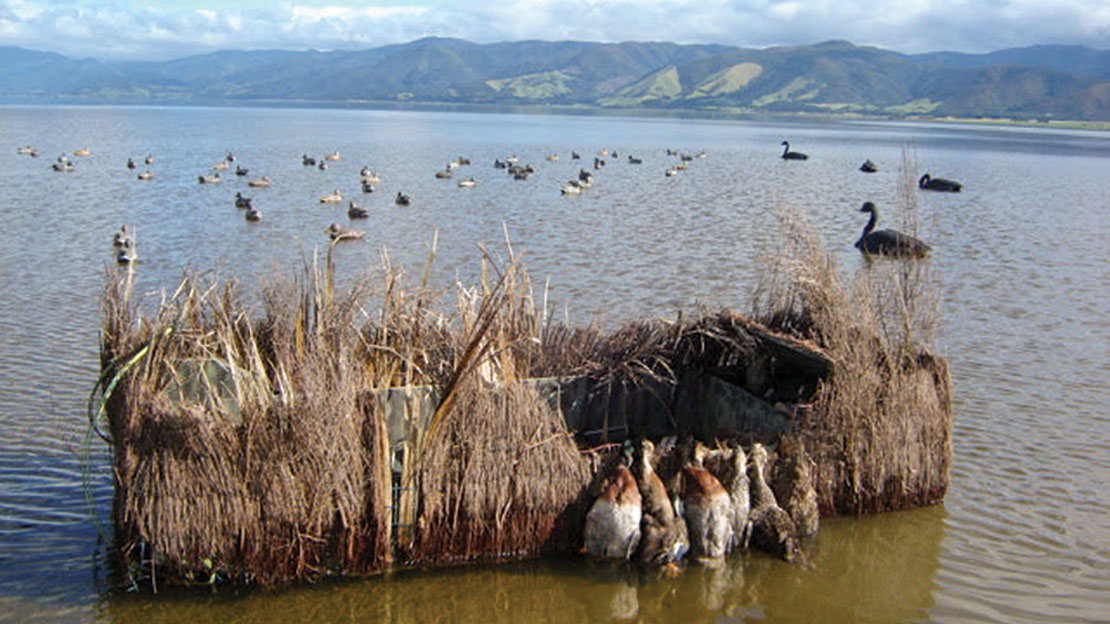
‘Open-Water Boat’
After three or four years hunting out of the ply tub, I decided I might like to try to build a new boat – one loosely modelled off the style of boats used to hunt diver ducks in America. My ‘open-water boat’ is designed to blend in with the water; it’s specifically for hunting away from any type of cover and is a different concept to any other type of concealment method I’ve used to hunt waterfowl previously.
This boat is shaped like a dome – there are no straight parts to its shell. All the edges curve down to water level, and there’s an open cockpit. I have three big, black shells that go on this boat, and I set a few swan floaters around it. This helps break up the outline of the boat and blend it in better with the water. You’re basically hiding in plain sight of approaching waterfowl.
It’s critical to stay as still as possible until the second it’s time to shoot. I usually have my left hand on my upper chest with call in hand and my right hand holding my gun. Once birds are spotted, I can move my call to my mouth with minimal movement, and that’s how I usually stay until I’ve called and decoyed those birds. Decoys are set to try to pull the birds to land at about 15-20m in front and slightly to the left – this gives me the best chance of clean kills.
Both styles of layout boat will cost you a few birds, which will often approach from behind, making them hard to see them as they come in and almost impossible to shoot. Neither are these boats the best type of concealment to hunt waterfowl from. In fact, you could argue that I’m hardly concealed at all! But I very much enjoy the extra dimension that they add to my open-water, public-land hunting.
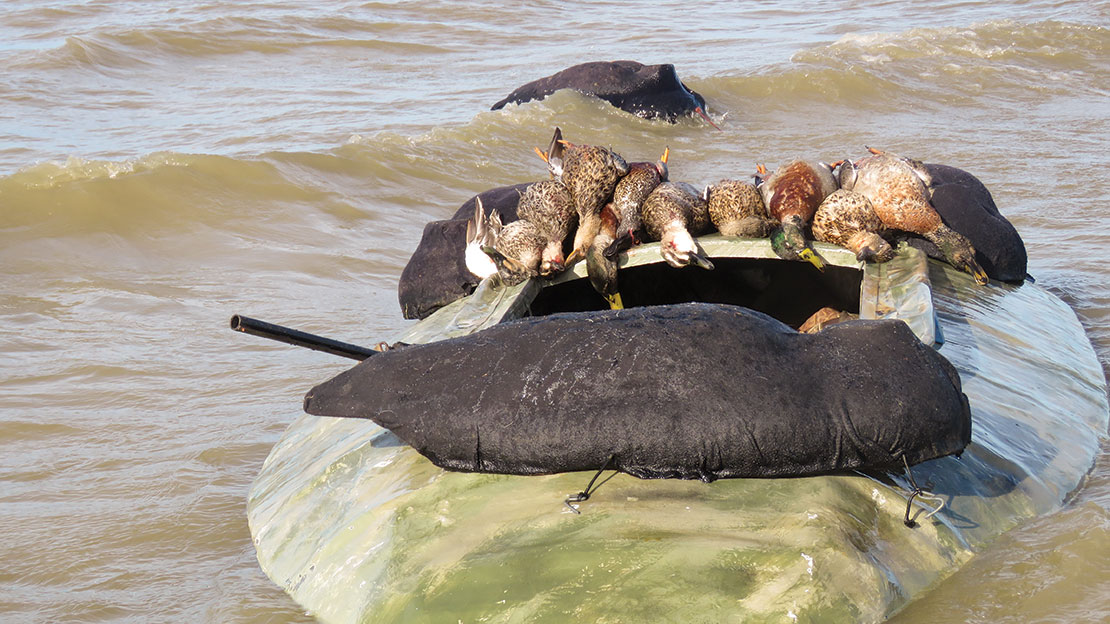
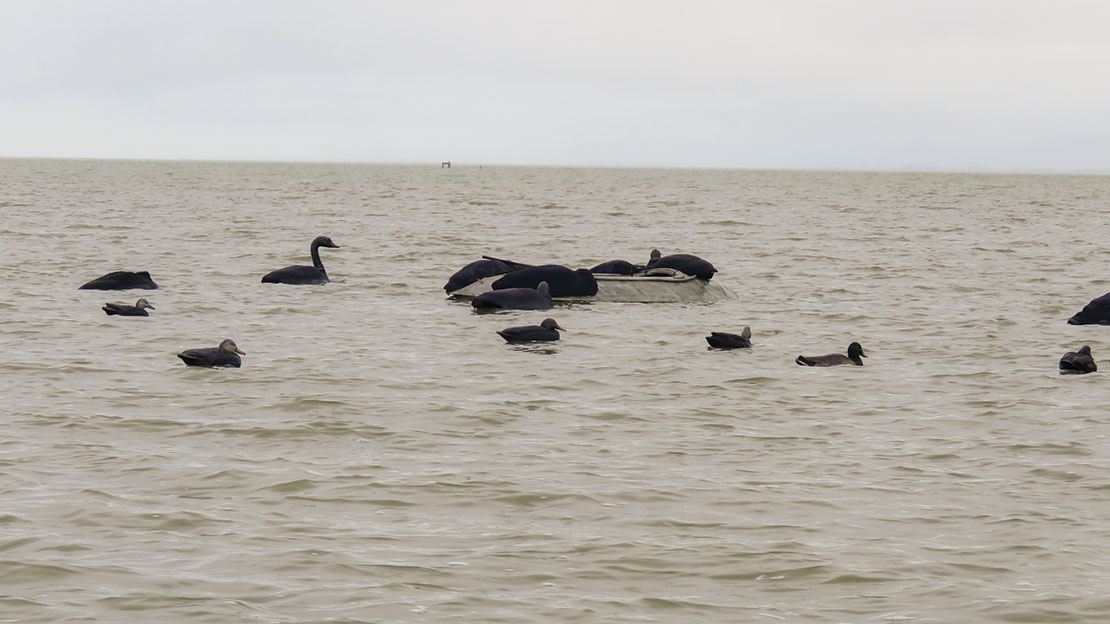
Other Options
Sometimes, the options already described are just not suitable; you may find a pile of birds in a location that, for some reason, doesn’t lend itself to any type of mobile hide.
This is the point where the madness of the pursuit kicks in! For example, back a few years, we had a very wet summer – no flooding to speak of, but just constant rain. Our old pond was brimming on Opening Weekend. The water was about 1.5m higher than was typical at that time – our usual shooting locations had chest-deep water when standing in them.
The pond is basically lined with big, old willows, so a layout on the edge wasn’t an option. There were six hunters, so layout boats weren’t really an option either, especially for my dad, who’s pensioner age and shorter in height … but not short on can-do attitude!
I was able to get hold of a mobile scaffold system that I built in our usual maimai location, and we shot from there on Opening Morning.
My point here is, there’s always a solution if you’re willing to think outside the box and put some effort in!

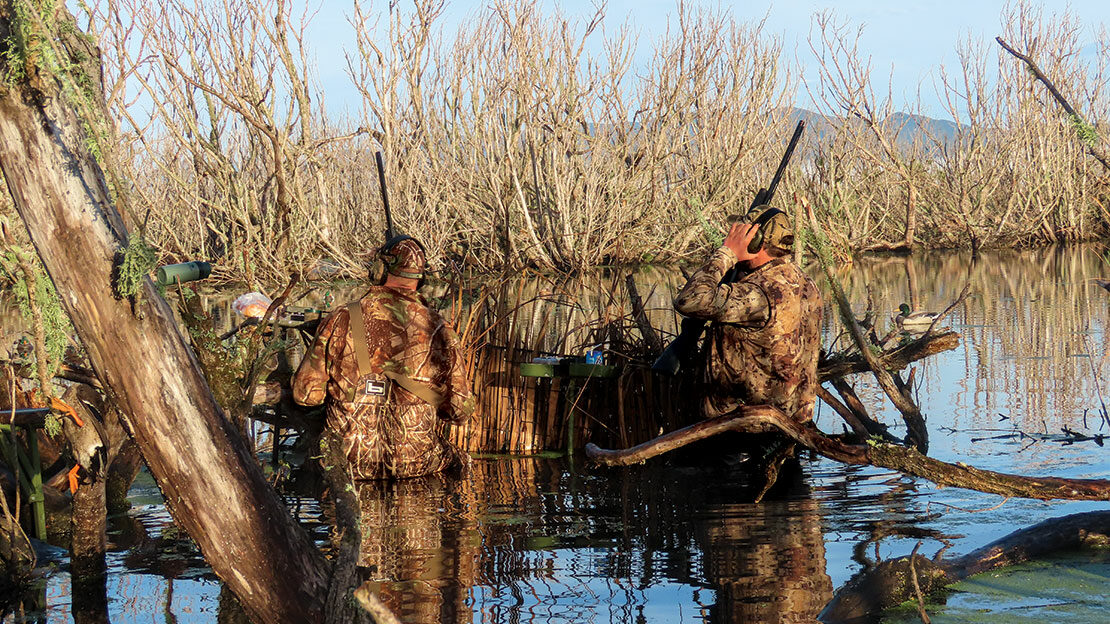

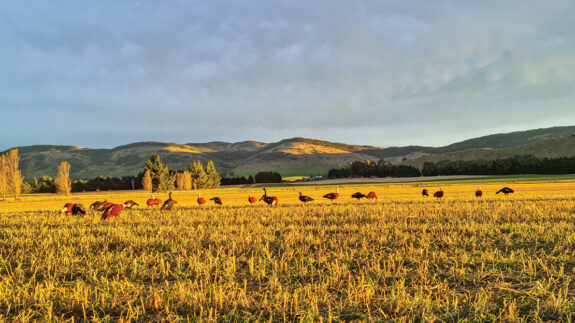

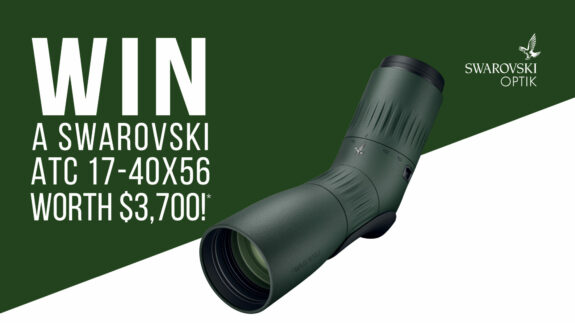
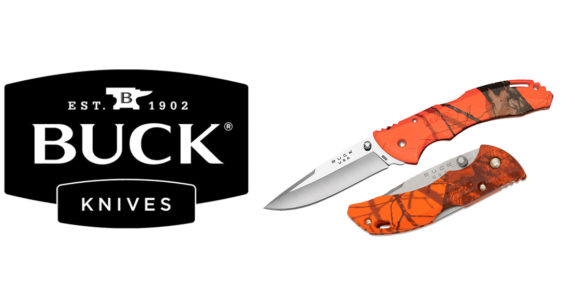
SHARE YOUR BEST PICS #NZRODANDRIFLE